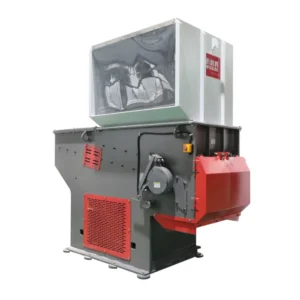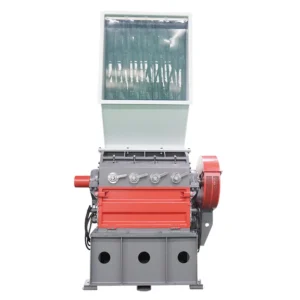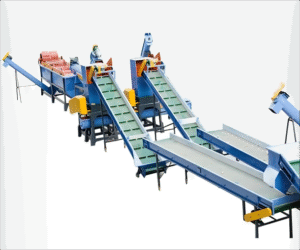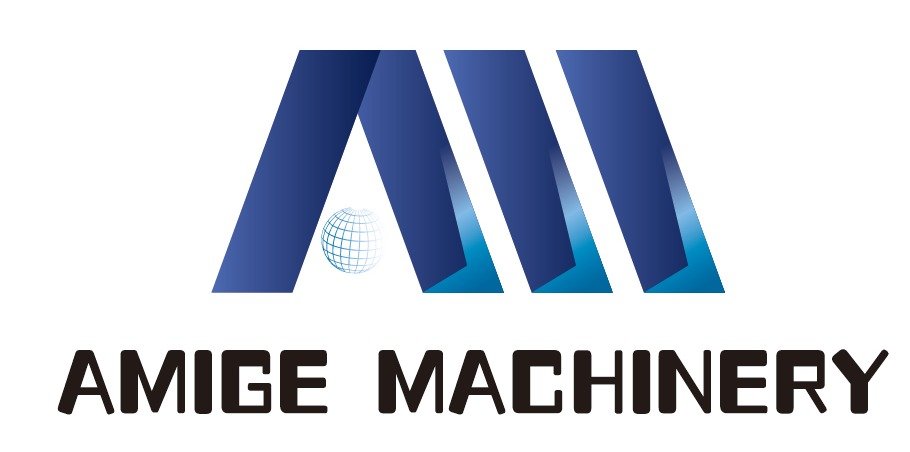The world is drowning in plastic, and no one’s throwing us a lifebuoy. Landfills are overflowing, oceans are choking, and every government seems to have a shiny new recycling plan. The problem? The industry changes faster than the labels on your water bottle. Without foresight, you’re stuck investing in tech that’s obsolete before you unpack it.
The future of the plastic recycling industry lies in advanced sorting technologies, chemical recycling breakthroughs, stricter regulations, and a booming demand for recycled materials. Companies that adapt early — like we do at Amige — will not just survive but dominate, while slow movers will be swept aside by innovation and policy changes.
I’ve been in this business long enough to see “trends” turn into “requirements” overnight. Let’s talk about what’s coming before it knocks on your factory door.

Is advanced sorting technology the game-changer?
Absolutely. The days of manual sorting and hope-for-the-best are over. AI-powered optical sorters now identify and separate plastics with 95% accuracy rates. These machines detect polymer types, colors, and even contaminants in milliseconds.
At Amige, we’ve already integrated smart sensors into our shredding lines. The payoff? Higher purity rates mean higher resale prices for recycled flakes. That’s the kind of math I like.
Will chemical recycling replace mechanical recycling?
Not entirely — but it will grow fast. Chemical recycling breaks plastics down to their molecular components, producing material that’s virtually identical to virgin resin. According to an industry forecast, global capacity will triple by 2030.
Mechanical recycling is cheaper and more established, but chemical methods can handle contaminated and mixed plastics that used to be landfill-bound. This dual approach will shape the industry’s future.
How will stricter regulations influence the market?
Expect more bans, quotas, and mandatory recycled content laws. The EU already requires certain packaging to contain at least 30% recycled plastic by 2030. Similar policies are popping up in Asia, North America, and beyond.
For equipment manufacturers like us, it means designing machines that produce higher-quality recyclates. For recyclers, it means a steady demand — because compliance will be non-negotiable.
Is the demand for recycled plastics really growing?
Yes, and at a pace that should make every recycler smile. A market analysis shows recycled PET demand growing 8% annually, fueled by packaging, textiles, and automotive industries.
Here’s the kicker — buyers are willing to pay a premium for certified recycled content. Branding “made with 100% recycled plastic” is now a marketing advantage.

What role will automation play?
A massive one. From autonomous forklifts to fully automated washing lines, automation reduces labor costs and boosts efficiency. In our factory, automation cut downtime by 15% and labor costs by 20%.
If you’re still relying on purely manual processes in 2030, you’ll be competing with machines that never sleep, never take lunch breaks, and never “forget” to sort properly.
Will consumer awareness drive industry change?
It already is. Social media campaigns and documentaries have made plastic pollution a mainstream concern. According to a global survey, 72% of consumers prefer products in recycled packaging.
This pressure flows upstream — brands demand more recycled materials, manufacturers demand better recycling tech, and we, the equipment makers, innovate to keep the loop tight.
Can developing countries leapfrog into modern recycling?
Yes, and some already are. With new funding from international green initiatives, developing nations can skip outdated tech and adopt cutting-edge solutions immediately. I’ve seen clients in Southeast Asia go straight from manual sorting to AI-powered lines.
This means competition in the global market will be fiercer than ever — and innovation will spread faster.

Conclusion
The plastic recycling industry’s future will be smarter, cleaner, and more regulated — and the winners will be those who adapt first. For us at Amige, the race has already started.

